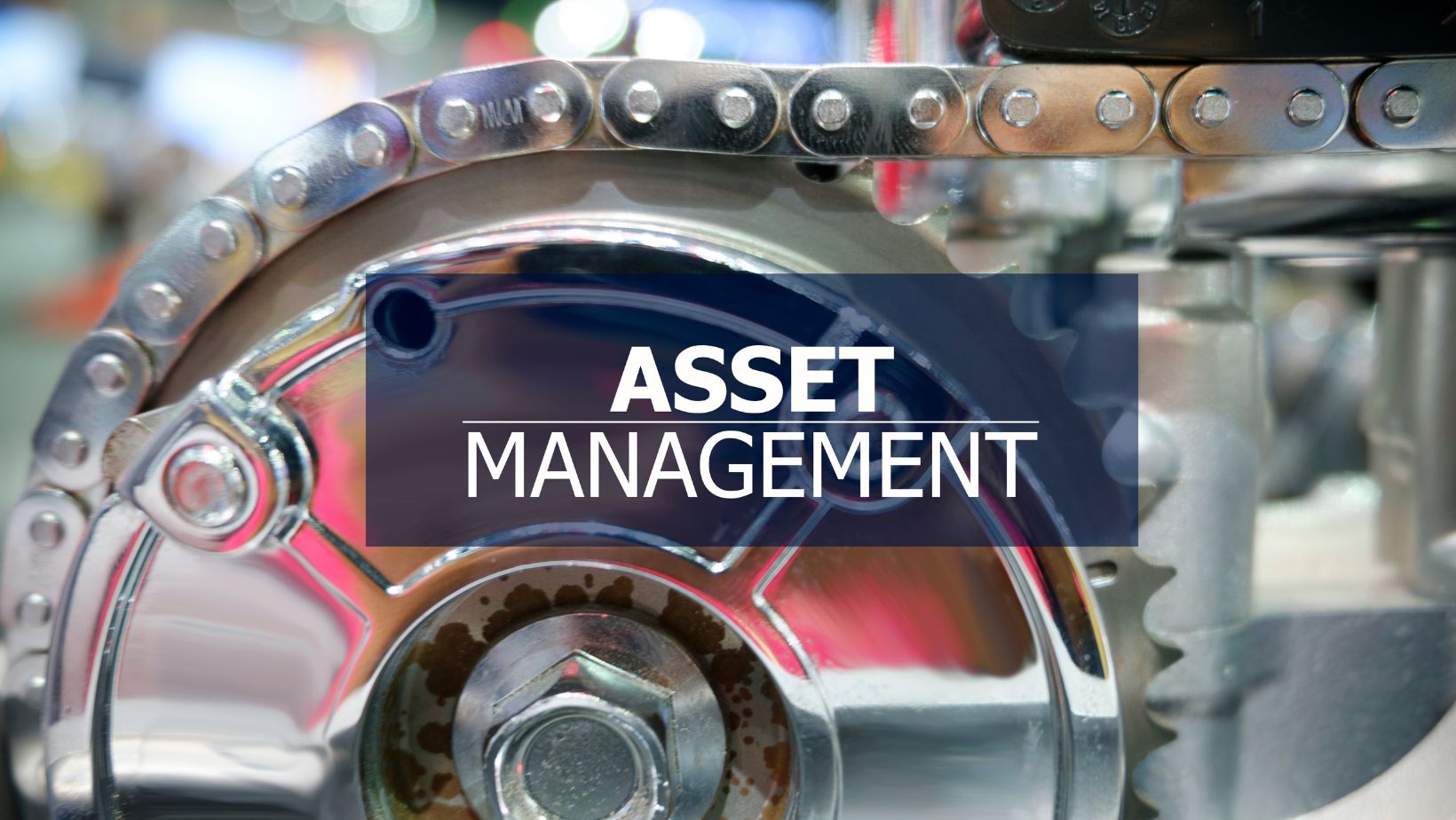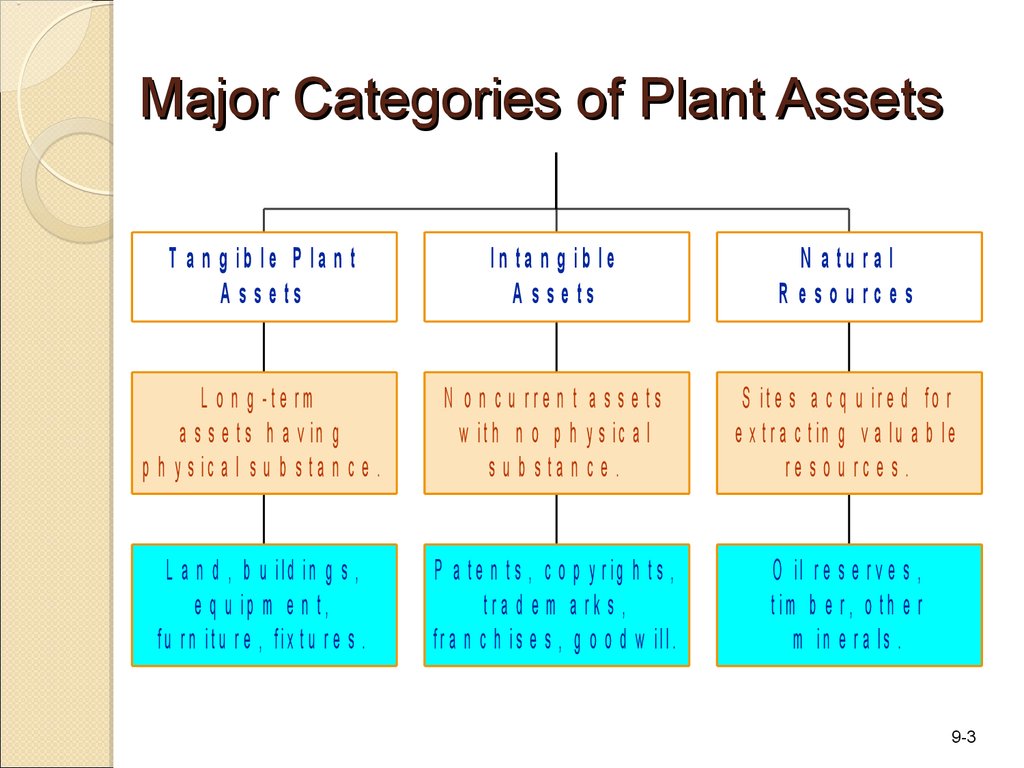What Makes a Plant Asset Unique: Key Traits You Should Know

If you’ve ever stared at a test question about plant assets and felt a pang of doubt—like, “Wait, does the company car count? What about the computer I use for Zoom calls?”—you’re in good company. I’ve lost count of how many rookie accountants (and even some seasoned managers) have tripped up over the silent mistakes that textbooks gloss over.

Let’s pull back the curtain on those classic blunders no one talks about—and how to sidestep them with confidence.
The Day I Mixed Up Plant Assets with Inventory (And Why That’s More Common Than You’d Think)
Back in 2019, I was helping a friend set up her bakery’s first set of books. Flour? Inventory. Mixer? Plant asset. It should’ve been straightforward, but when she started listing “boxes” and “shelves,” we both hesitated. Are shelves inventory because they hold cakes? Are boxes plant assets if they’re reused every month?
Here’s the truth: most people assume anything physical or expensive must be a plant asset. Not so fast! The secret is in the purpose and duration.
- Shelves bolted to the wall and used for years: plant asset.
- Boxes that leave with your cupcakes: inventory—destined for a customer, gone tomorrow.
It took us three rounds through her receipts before we stopped treating every purchase like it belonged in the same bucket.
Mistake #1: Thinking ‘Plant’ Means ‘Factory’
I once overheard an intern whisper during tax season: “So… do only factories have plant assets?” This isn’t just a rookie misstep—it’s baked into our language. The word “plant” conjures images of smokestacks and conveyor belts, but in accounting-speak, it means any tangible resource you’ll use for years to help run your business.
Imagine walking through an art gallery—the building itself is a plant asset; the paintings on loan are not (they’re investments or inventory). That distinction comes down to regular use and long-term value.

Mistake #2: Forgetting About Depreciation’s Oddball—Land
Picture this: You’re reviewing your company’s balance sheet at midnight before an audit. Your brain is fried. You see land listed under PP&E right alongside trucks and equipment—and suddenly wonder, “Shouldn’t land depreciate too?”
Nope! Land breaks all the rules here—it doesn’t wear out or become obsolete (well, unless there’s an earthquake). Back when I prepped my first audit file, I almost panicked when depreciation schedules skipped land entirely. Turns out, everyone forgets this axiom at least once:
Land = Plant Asset
Land ≠ Depreciated
But build a fence or pave a parking lot on that land? Those improvements do get depreciated—a twist that trips up even pros during their first few annual closes.
Mistake #3: Confusing Repairs With Improvements
Let me tell you about my old Honda Civic from college days—a real legend among my friends for its resilience (and its rattling exhaust). When companies own machinery or vehicles, they face this dilemma all the time:
- Replace worn-out tires? Expense it.
- Swap out the entire engine for something better? Now you’ve extended its useful life—that cost gets capitalized as part of your plant asset.
My mentor once said over coffee, “If it just keeps things running as usual—expense it. If it makes your machine last longer than before—plant asset territory.” Simple rule, hard to remember in practice until you see thousands swing on a single journal entry.

Mistake #4: Overlooking Construction In Progress
Here’s where nearly everyone stumbles in their first year on finance duty: construction-in-progress doesn’t look like an asset yet—it looks like chaos! Half-built walls, invoices flying everywhere—but make no mistake, those costs belong under PP&E from day one.
I learned this after botching our nonprofit’s financial statement draft by leaving half-finished renovations off entirely (“It isn’t usable yet!” I protested.) My supervisor pointed out gently: “If it’ll become part of operations soon enough—and you’re investing now—it counts.”
A Sensory Shortcut That Finally Helped Me Remember
One trick that stuck after years of confusion involved walking into any business—yes, even your favorite coffee shop—and doing what my old audit partner called ‘The Tap Test.’
If you can walk up and tap it (the espresso machine), see employees using it daily (not just display), and know it’ll be around next year—that’s your plant asset.
Try it next time you’re anywhere with tangible stuff around; suddenly classifications aren’t so slippery anymore.

Real Numbers Make It Click
At my first job out of college, we bought new warehouse racks for $22,000. The spreadsheet didn’t lie—they were booked as plant assets from day one and depreciated straight-line over 11 years ($2,000 per year). Yet every December someone asked why we didn’t expense them outright like cleaning supplies ($180/month).
That annual rhythm—the slow march of accumulated depreciation—finally made sense once I saw how quickly supplies vanished versus how long those racks stood sturdy against forklifts and gravity alike.
Tools That Saved Me Countless Headaches
- QuickBooks: Makes tagging assets versus expenses idiot-proof… if you slow down enough to pick the right category.
- Excel Depreciation Templates: Seeing formulas update each year helped cement why timing matters.
- Annual Reports: Peeking at Apple or Starbucks' financial statements gave me practical examples far beyond what textbooks offer.
Why These Missteps Matter—And How To Avoid Them For Good
Every mistake above carries real consequences:
- Overstating expenses by not capitalizing long-term purchases
- Understating assets by forgetting construction-in-progress
- Messing up tax deductions by depreciating land
The fix? Don’t rely solely on definitions—connect each item to its story:
“Will this thing still help us earn money next year?”
“Is someone using it every week?”
“Did we buy it expecting long-term service?”
Talk these questions out loud while reviewing transactions or prepping for exams; hearing yourself reason through scenarios cements understanding faster than memorizing bullet points ever will.
You won’t find these stories in most accounting guides—but trust me; everyone makes these mistakes before they truly master PP&E. Next time doubt creeps in about whether something qualifies as a plant asset… remember these tales from the field—and maybe give whatever object you’re considering a literal tap test for good measure.



